In prehistoric times, humans relied on nature for shelter, and these shelters provide important evidence about the lifestyle of ancient people. A recent research project by a team of archaeologists has revealed that 7,000 years ago, people survived by taking shelter inside a lava tube in the deserts of northern Saudi Arabia. The corresponding research is published in a paper in the PLOS journal.
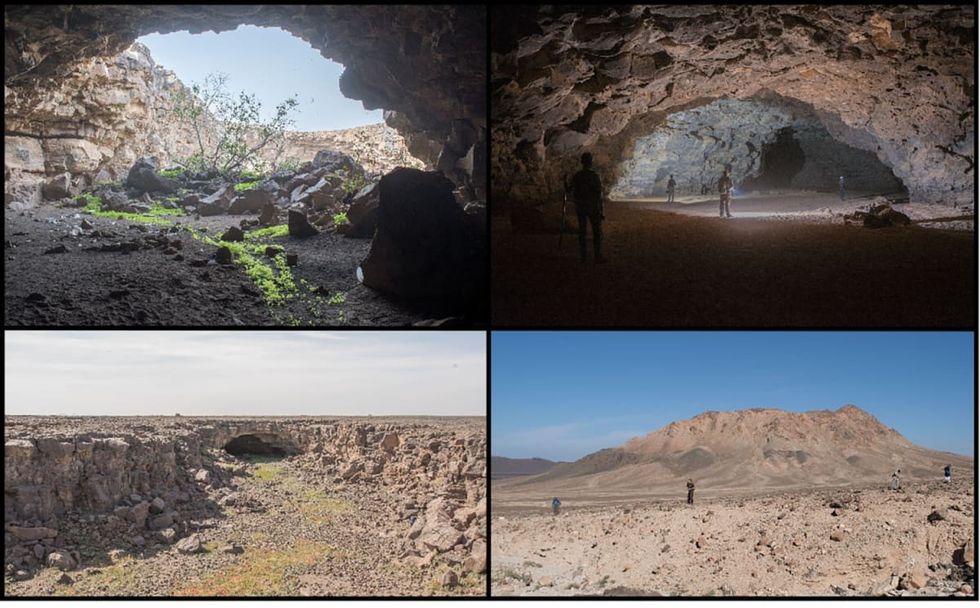
USGS defines “lava tubes” as natural conduits through which lava likely traveled beneath the surface of a lava flow. Tubes form by the crusting over of lava channels. When the supply of lava stops at the end of a volcanic eruption or lava is diverted elsewhere, lava in the tube system drains downslope and leaves partially empty conduits beneath the ground. These tubes commonly exhibit high-lava marks on their walls, such as lava stalactites cascading downwards from the roof. The hollowed-out subterranean tunnel formed as a result could act as a cool shelter for historic humans.
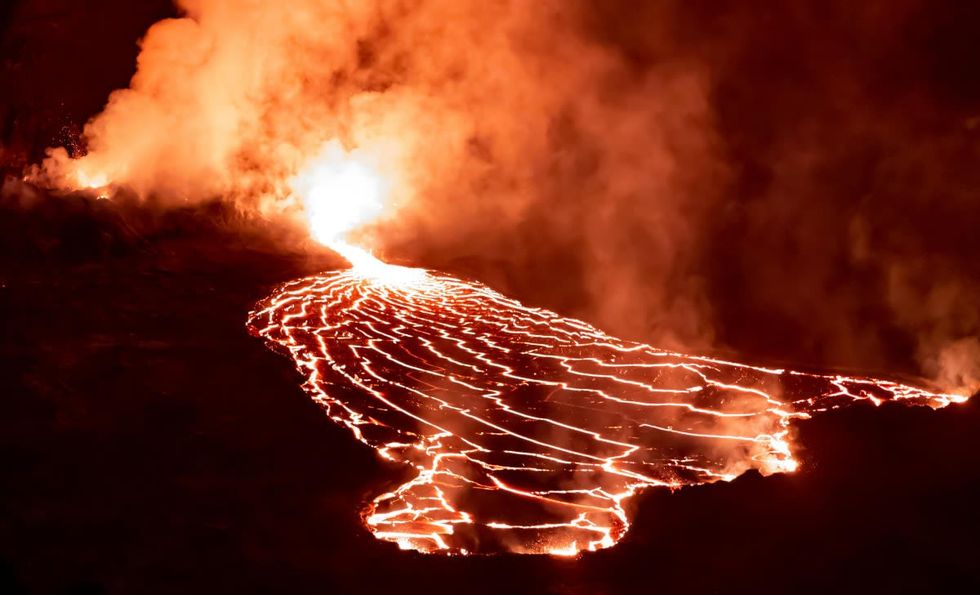
The lava tube that this team of researchers found was Umm Jirsan, the longest-reported lava tube that runs across 1.5 kilometers in Saudi Arabia. Jirsan is located in a volcanic field called Harrat Khaybar, approximately 78 miles north of Medina. Researcher Mathew Stewart from Griffith University in Brisbane, Australia, an author of the research, said that during their excavation, they found stone tools, fragments of clothes, animal bones, human bones, and pottery which were estimated to be at least 7,000 years old as tested by radiocarbon dating.
However, he concluded that the lava tube could not have acted as their permanent shelter. It was rather a site most likely used as a midway shelter on herding routes, a place that allowed access to shade and water for passing herders and their animals. “Lava tubes like this one continue to be used by modern-day people in the region whether it be for corralling animals, accessing water resources, or simply for leisure," Stewart told Live Science. This would perhaps be the first evidence of how the earliest humans took shelter.
At the same time, he said that it is difficult to estimate when and which particular volcanic activity resulted in the lava flow that created this lava tube shelter. "There have been some 1500 volcanic eruptions in Arabia over the past 1500 years, and many more in antiquity." Anthony Sinclair, a professor of archaeological theory and method at the University of Liverpool in the U.K., said, adding another hypothesis to Stewart’s conclusion. He said that the lava tube could also be a "defendable position, in terms of allowing the pastoralists to safeguard their flocks at night against local predators. There would have been wolves, hyenas, lions, and leopards across Arabia."
Whether it was for animal corralling or simply for protection, one thing is clear—during this time, this lava tube of Saudi Arabia was indeed used as a shelter. Michael Petraglia, the director of the Australian Research Centre for Human Evolution at Griffith University and an author of the new study, said that this discovery could be an unopened window into the lives of humanity’s ancestors, as per The New York Times. “This cave is just the beginning,” he said.





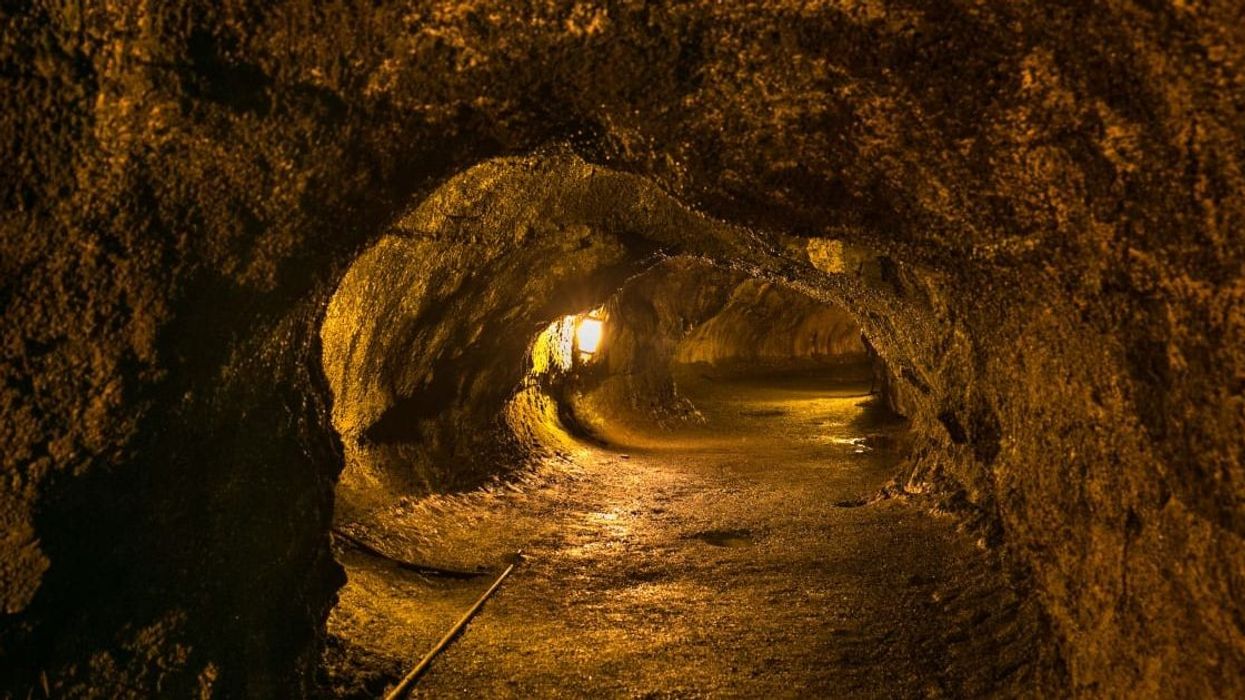











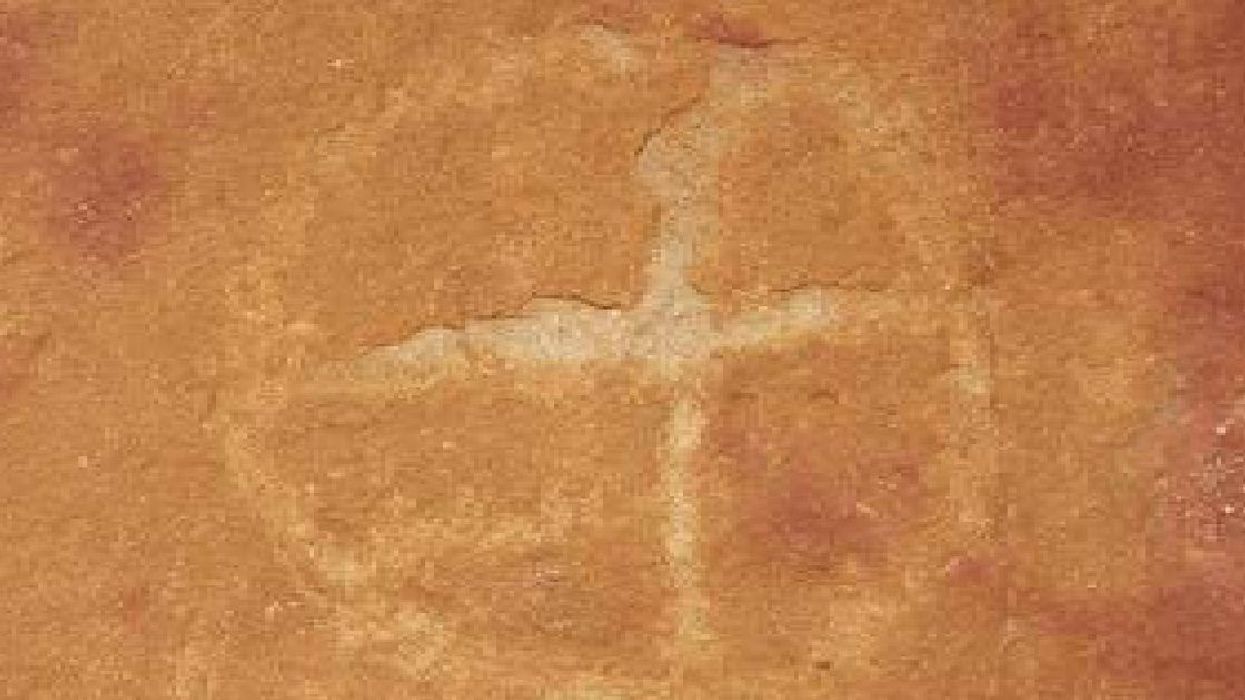
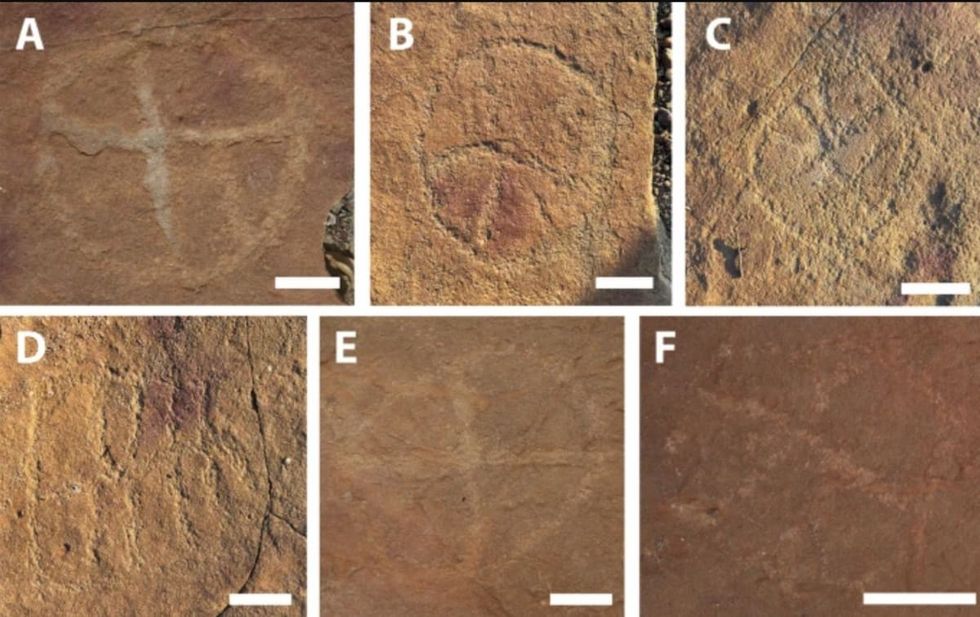 Image frmo Scientific Reports of ancient artwork. Image Source:
Image frmo Scientific Reports of ancient artwork. Image Source: 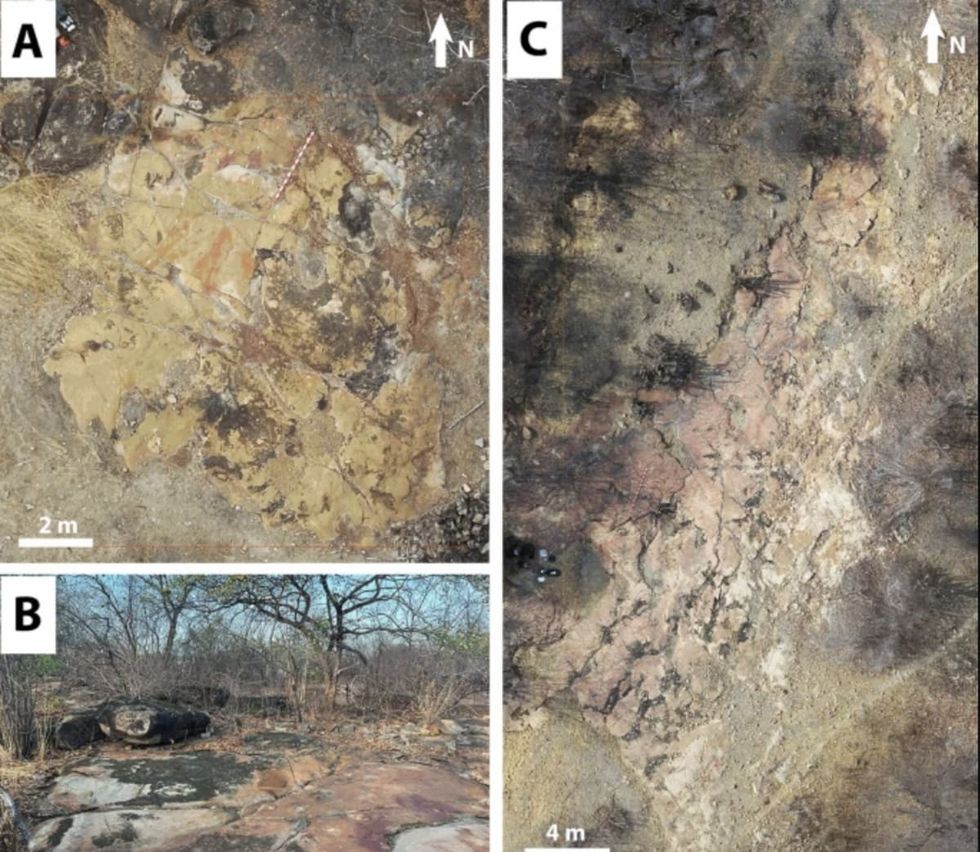 Image frmo Scientific Reports of ancient artwork.Image Source:
Image frmo Scientific Reports of ancient artwork.Image Source: 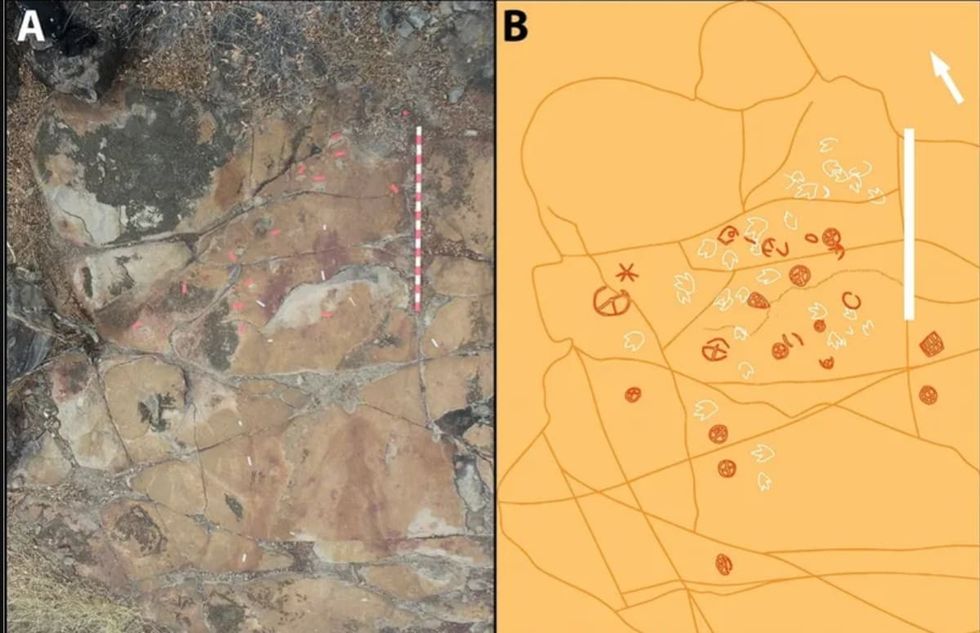 Image frmo Scientific Reports of ancient artwork.Image Source:
Image frmo Scientific Reports of ancient artwork.Image Source: 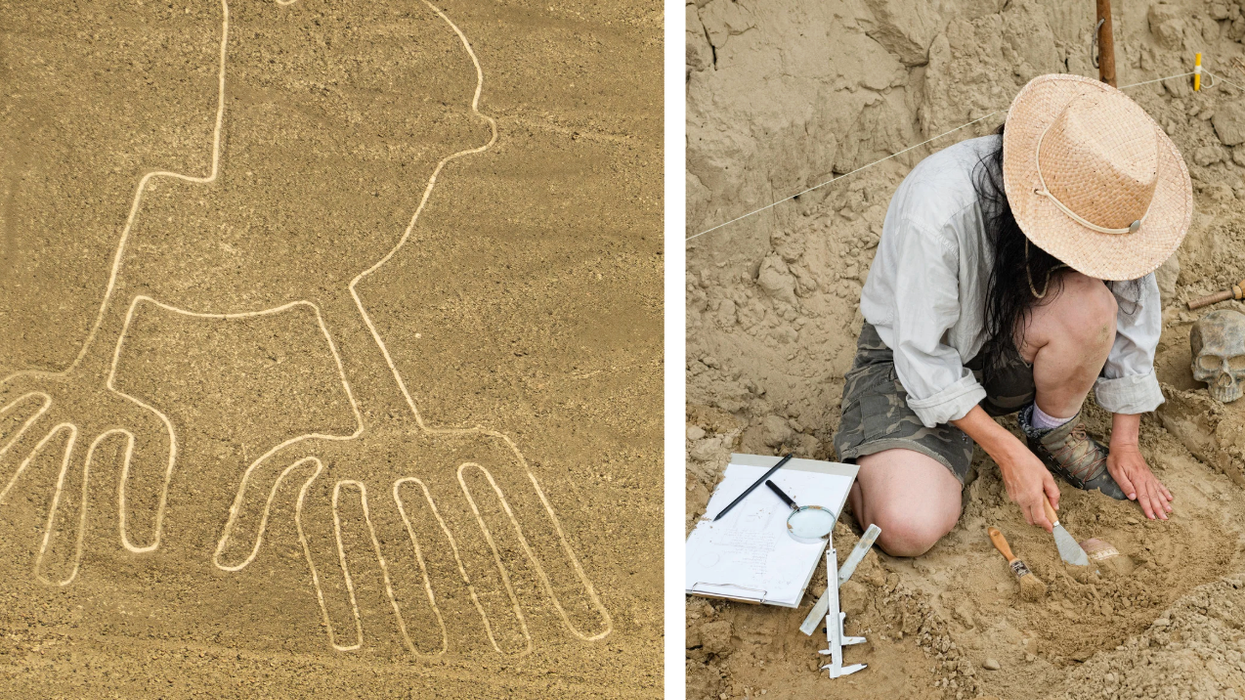

 It's difficult to imagine seeing a color and not having the word for it. Canva
It's difficult to imagine seeing a color and not having the word for it. Canva
 Sergei Krikalev in space.
Sergei Krikalev in space. 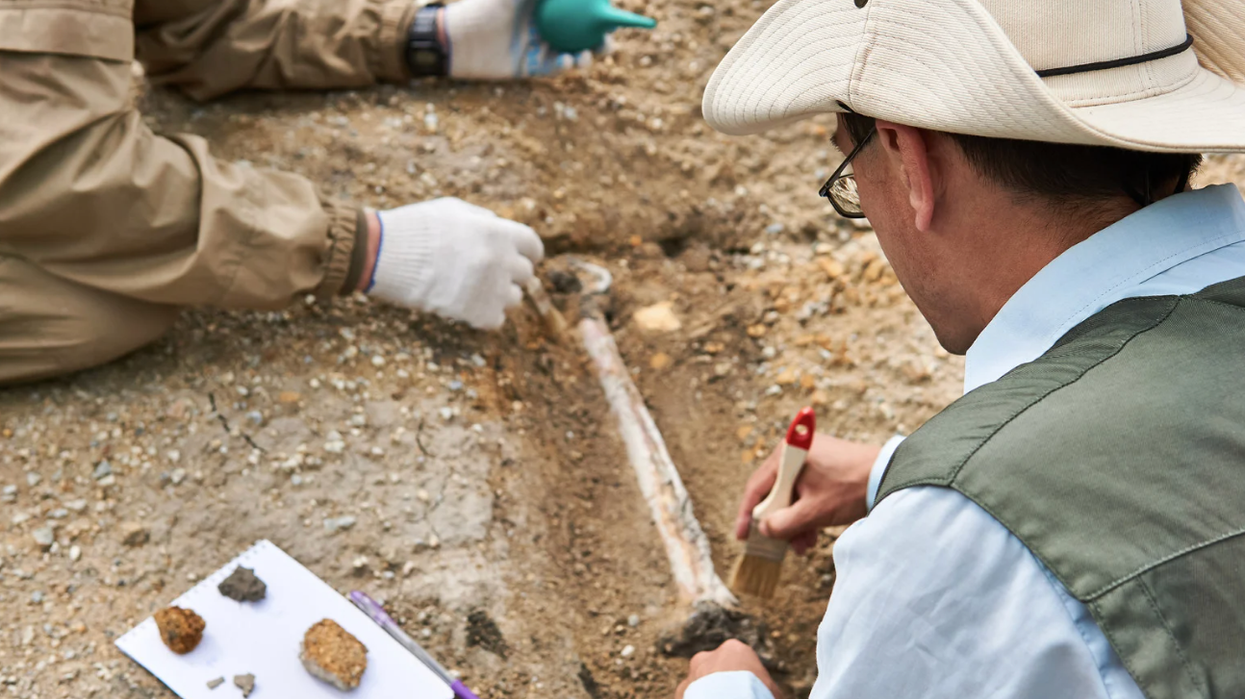


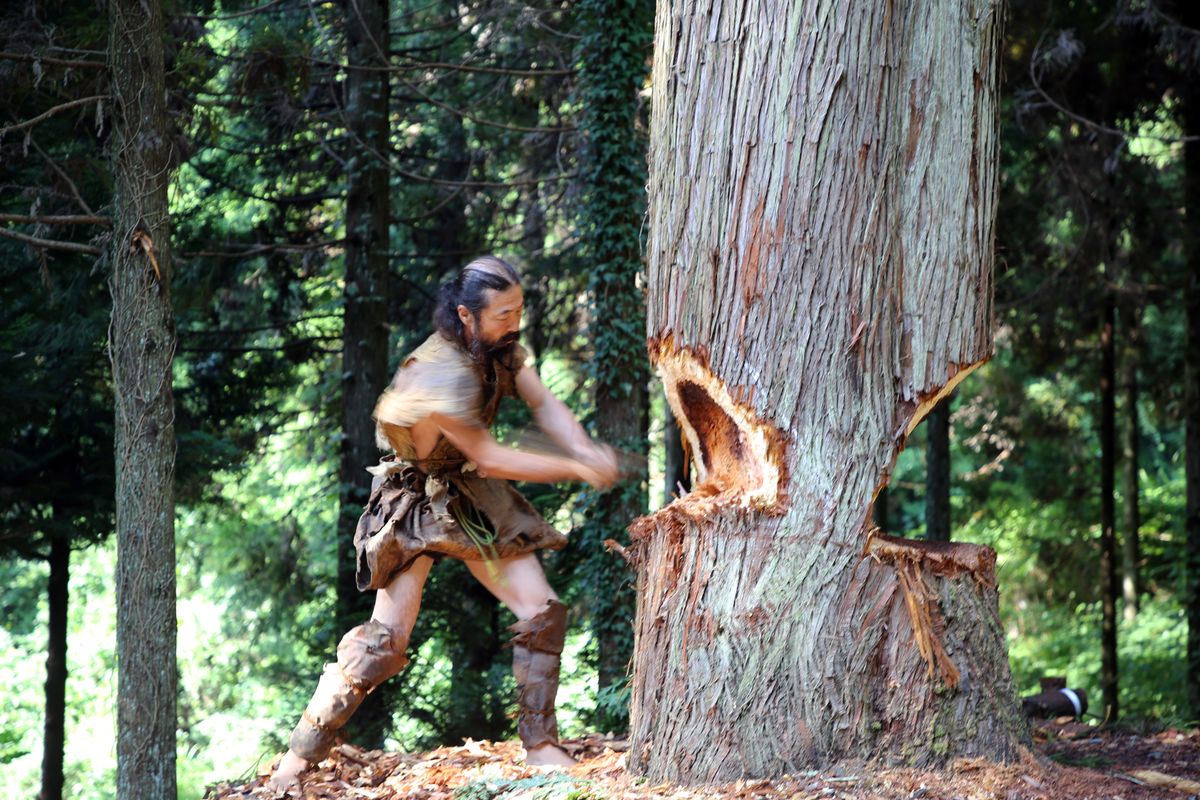 The team also crafted their canoe using ancient methods and Stone Age-style tools. National Museum of Nature and Science, Tokyo
The team also crafted their canoe using ancient methods and Stone Age-style tools. National Museum of Nature and Science, Tokyo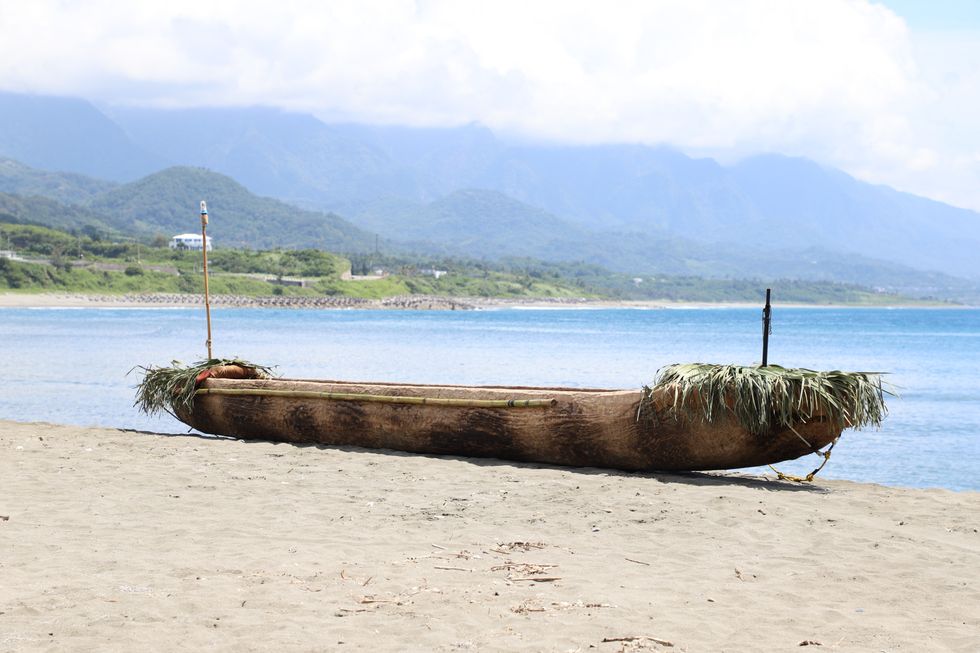 The cedar dugout canoe crafted by the scientist team. National Museum of Nature and Science, Tokyo
The cedar dugout canoe crafted by the scientist team. National Museum of Nature and Science, Tokyo